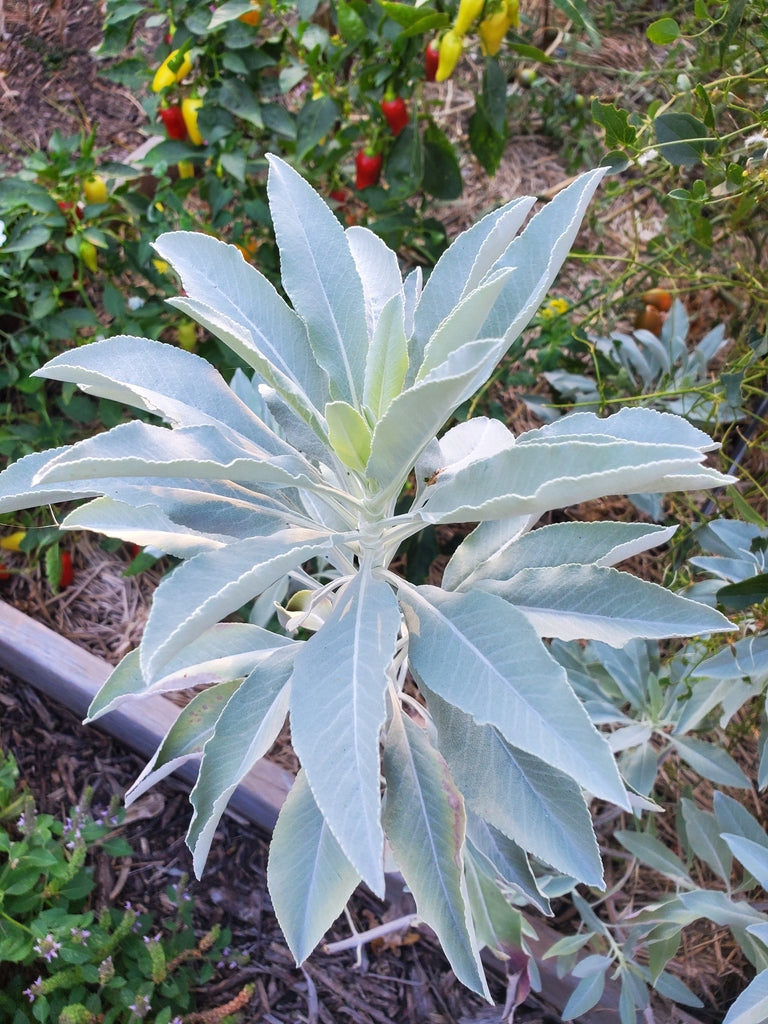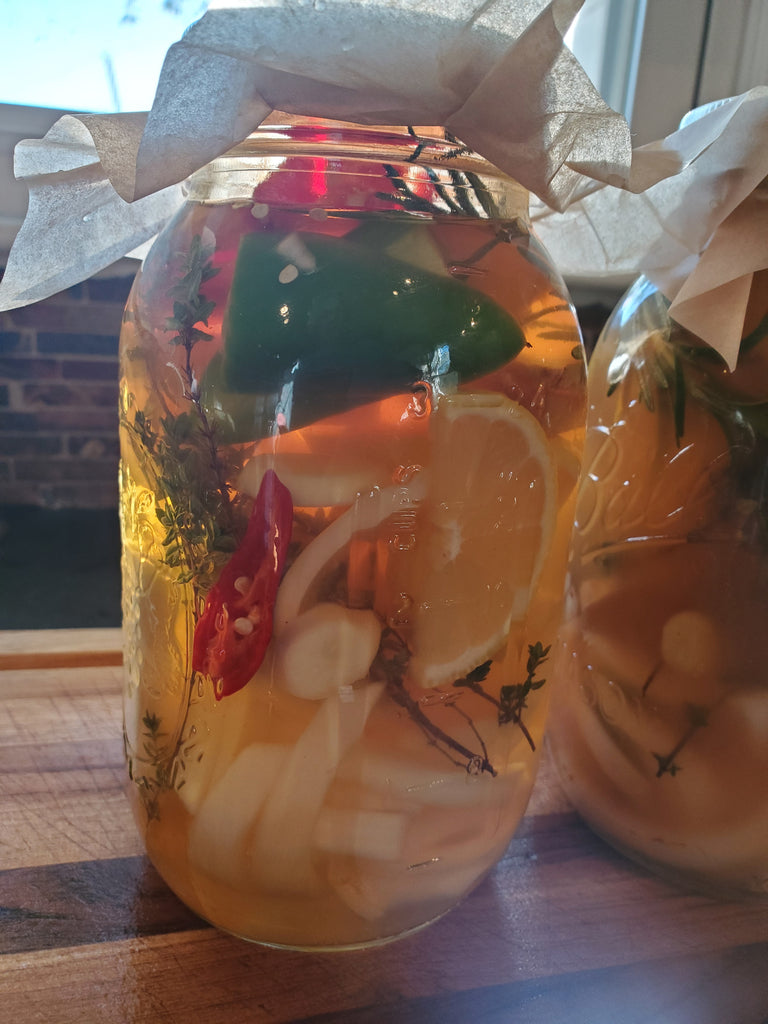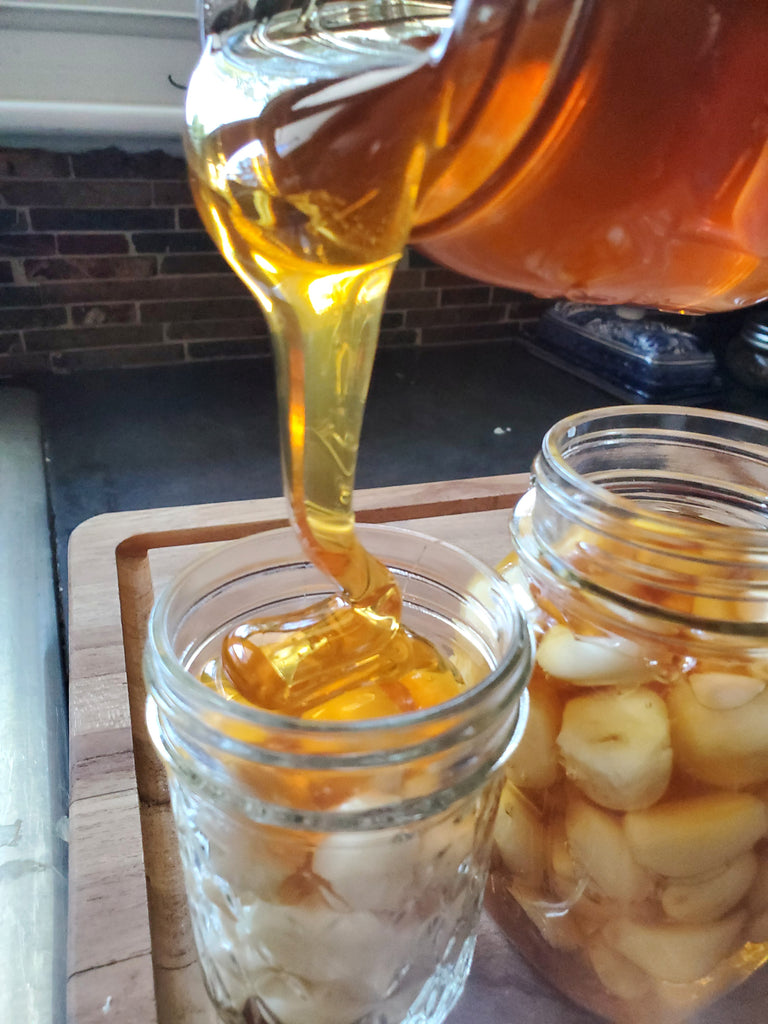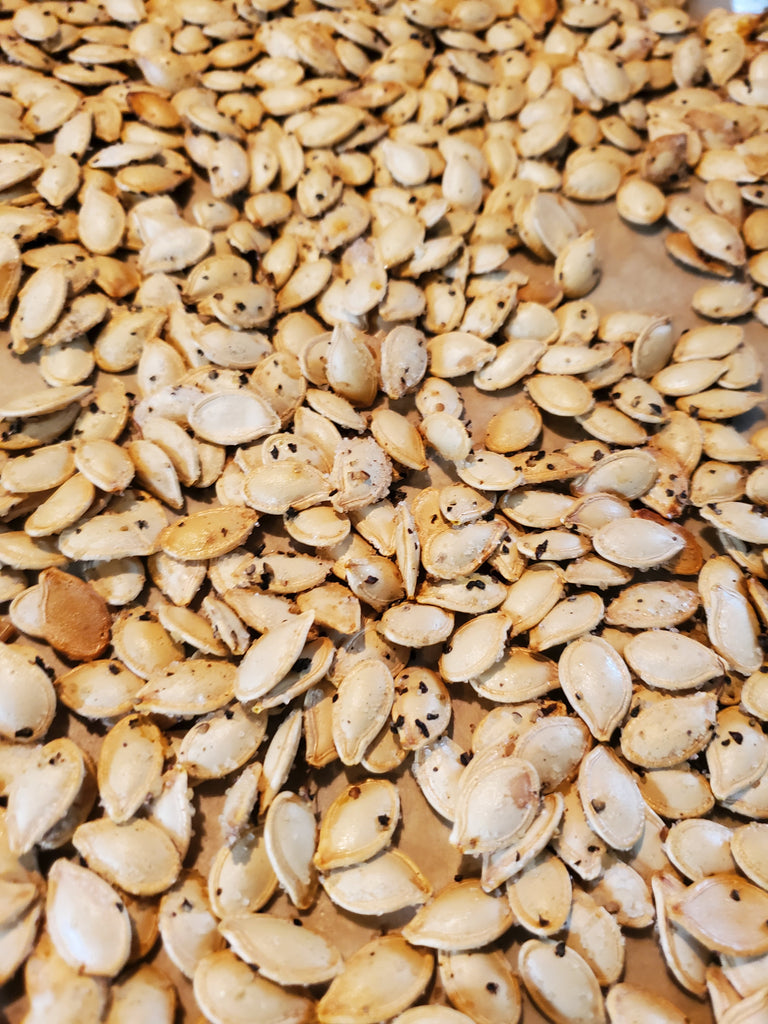White Sage is Easy to Grow, and is Delicious!
I have grown sage plants for years, but a couple of years ago, I was plant shopping at one of the Amish green houses in North Missouri, and I spotted a White Sage plant. Of course, I couldn't help myself so in my cart it went! Now it is a must for my garden!
White Sage is not only a beautiful plant, but it tastes delicious on fish, chicken and red meats. I would actually say that it is an upgrade from the other sage plants. This is a great plant for not only the garden but looks great planted in pots with flowers!
So I'm writing this hoping that you will scout out a White Sage plant for yourself and try it in your recipes. You will have to search further than the regular Home Depot or Lowe's garden centers but it will be well worth your time.
I would love to invite you to join my garden club where I teach people, just like yourself, to garden whether you have a green thumb or not! It's a place where like-minded people gather to share photos, ask questions, learn new techniques and I take you from the garden to the table! The link is below if you would like to come on over!
Thanks so much for subscribing to my emails!
Julie Atkins
Milkweed Farms







